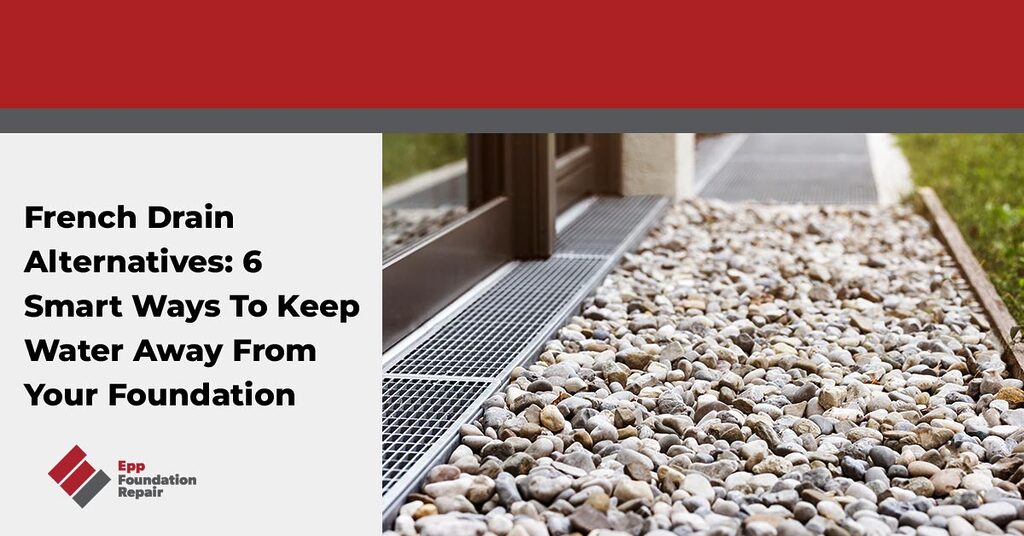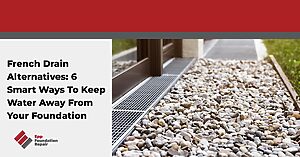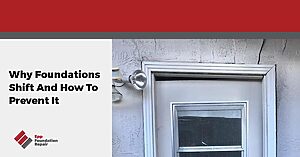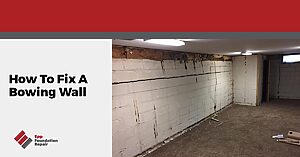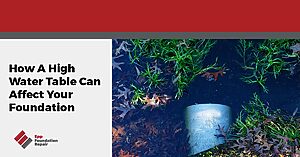When it comes to protecting your home from water damage, French drains are often the go-to solution. They’re versatile and practical while being a low-maintenance choice for homeowners. But while French drains are popular, they’re not the only option.
This post will explore some of the best French drain alternatives, helping you choose the right solution for your home. Whether you’re dealing with soggy lawns, basement leaks, or water pooling near your foundation, there’s an option that’s just right for you.
What Is A French Drain?
A french drain is a simple yet effective drainage system that redirects water away from an area, typically to prevent flooding or water damage. French drains are often installed around the perimeter of a house to prevent water from seeping into the basement or crawl space. They can also be used in yards that tend to flood or collect standing water, helping to keep the lawn dry and protecting driveways.
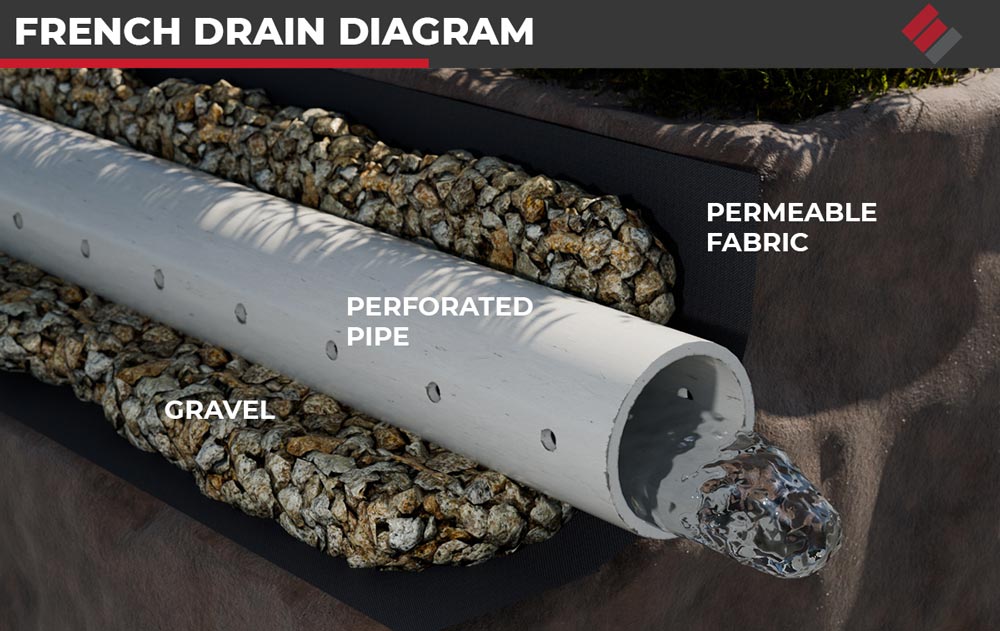
How do you know if you have one? If you have a French drain, you might see a trench filled with gravel or decorative stones around your home, yard, or driveway. However, sometimes this gravel-lined trench containing a drainage pipe is buried at the level of the footing. You may also see a perforated grate, drain cover, or a slight slope in your yard.
How A French Drain Works
A French drain consists of a trench filled with gravel or rock and a perforated pipe at the bottom. The trench is typically sloped to ensure water flows away from the area you’re trying to protect. When water accumulates on the surface, it seeps into the trench and through the gravel or rock. The perforated pipe collects the water and channels it away from the area, usually towards a drainage system, a dry well, or a lower point in the yard where it can safely disperse.
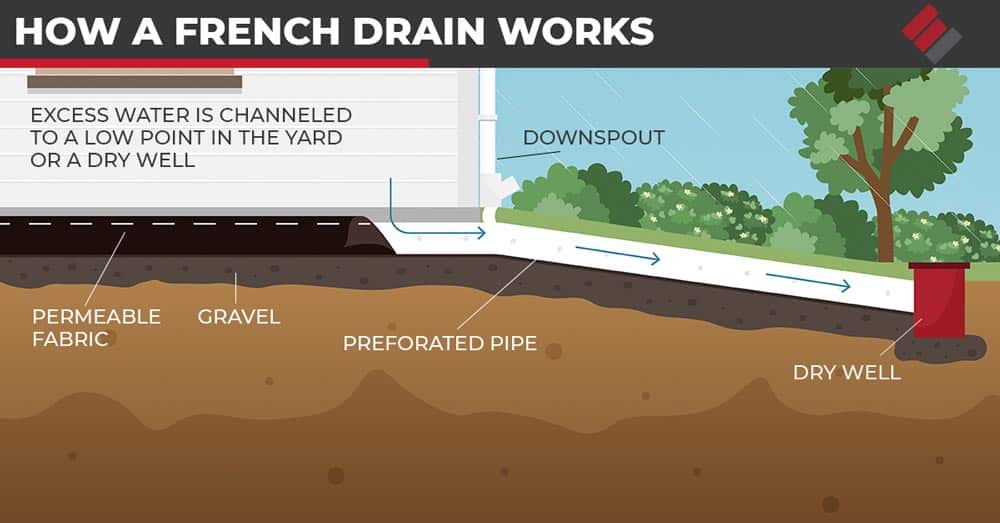
Why Are French Drains A Popular Choice?
- Prevents Water Damage and Soil Erosion: French drains are highly effective at directing water away from foundations, basements, and other vulnerable areas, helping to avoid costly water damage.
- Multiple Applications: French drains can be used in various situations and are effective in different soil types, though they may require slight adjustments depending on the soil’s permeability.
- Mostly Underground: Once installed, a French drain is largely hidden from view, with only the gravel or a small grate visible at the surface. This makes it a hidden option for managing water.
- Minimal Upkeep and Installation Cost: French drains require minimal maintenance when properly installed. They usually need occasional cleaning to remove debris from the inlet or the pipe to keep them functioning well.
- Durability: A well-installed French drain can last many years, providing reliable water management with little need for repairs or replacement.
Six French Drain Alternatives
While effective, French drains can be complex to install and maintain and may not always be the best fit for every property. Let’s review six French drain alternatives that can help you keep your home and landscape dry, protect your foundation, and enhance your outdoor space.
Swales: A Natural Solution
Swales are shallow, sloped ditches that direct water away from specific areas, such as your home’s foundation. They’re a great option if you’re looking for a more natural, eco-friendly alternative to French drains.
A swale is typically lined with grass or vegetation that helps slow down and absorb water. As water flows through the swale, it’s gradually absorbed by the soil, reducing runoff and erosion.
Once established, swales require minimal upkeep and are integrated seamlessly into landscaping, adding function and beauty. Swales help recharge groundwater and reduce the impact of stormwater runoff on local waterways. Swales work best on properties with gentle slopes. Swales won’t be your answer if your property is steep or flat.
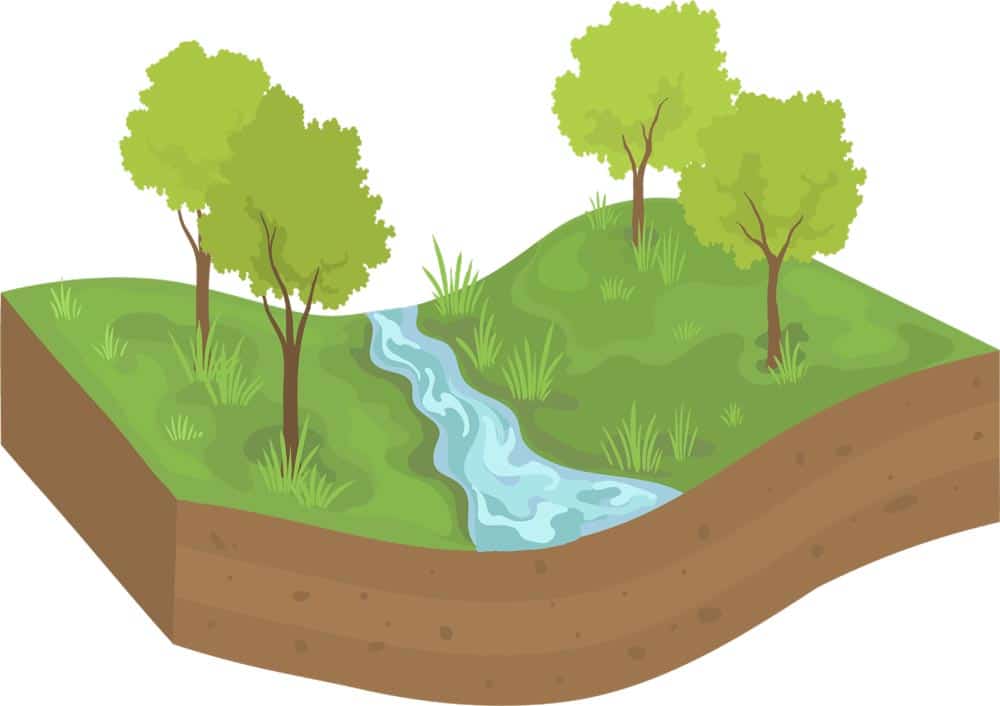
Dry Wells: An Underground Solution
Dry wells are another effective alternative to French drains, particularly for properties with poor drainage. A dry well is essentially an underground chamber that collects and temporarily stores runoff water, allowing it to seep into the surrounding soil gradually.
Water from gutters, downspouts, or other sources is directed into the dry well, where it slowly percolates into the ground. This prevents water from pooling on the surface and helps protect your foundation.
Dry wells are buried underground, so they don’t occupy your yard and are particularly useful in areas that experience heavy rainfall or flash flooding. Because they’re underground, dry wells don’t interfere with landscaping or outdoor activities. Installation can be labor-intensive, particularly in rocky or compacted soil areas, so proper design and sizing are crucial to prevent overflow during heavy rains.
Gravel Trenches: A Simplified Drainage System
Gravel trenches are a simpler version of the French drain. While they’re less efficient, they can be a good option for less severe drainage issues.
Water is directed into a trench lined with landscape fabric and filled with gravel. The gravel allows water to flow through the trench and away from the problem area, while the fabric prevents soil from clogging the system.
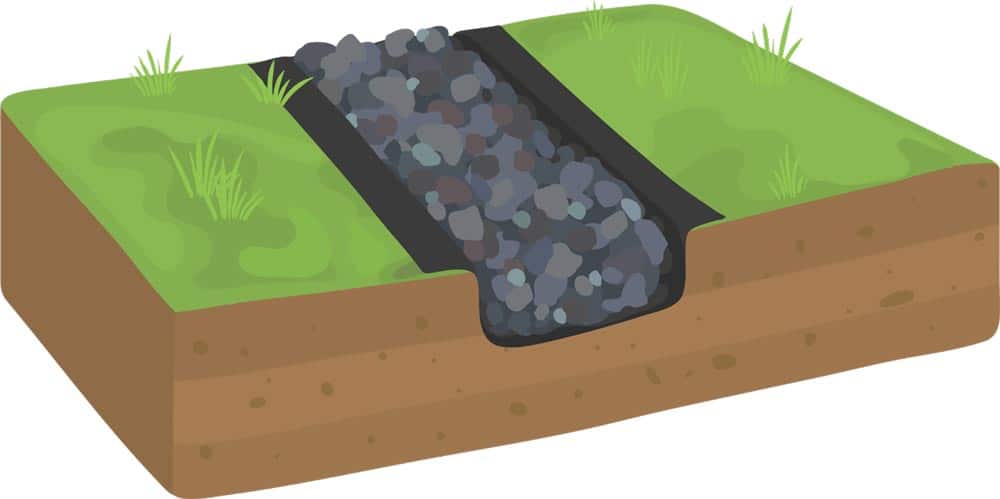
Gravel trenches can be adapted to suit various drainage needs, from small garden beds to larger yard areas. They are less expensive to install than traditional French drains, and you can DIY a gravel trench with some essential tools and materials. However, they are less effective in areas with heavy clay soils or high groundwater levels, and regular maintenance is needed to keep the trench clear and functioning correctly.
Rain Gardens: Combining Beauty With Functionality
Rain gardens are a beautiful and eco-friendly alternative to French drains. Strategically placed, they capture and absorb runoff, turning a drainage problem into a landscaping opportunity.
Rain gardens are shallow depressions planted with native plants and grasses that thrive in wet conditions. When it rains, water collects in the garden and slowly infiltrates the soil, reducing runoff and filtering pollutants. Rain gardens help reduce stormwater runoff, improve water quality, and support local wildlife. These gardens can complement your landscaping, adding beauty and biodiversity to your yard.
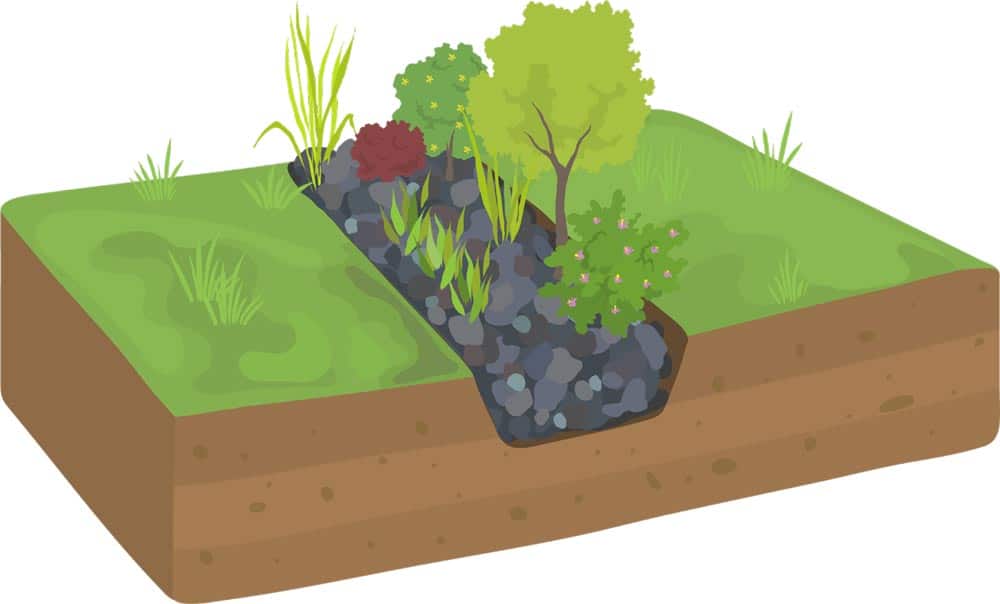
Another bonus: rain gardens require minimal upkeep beyond regular weeding and mulching. They require careful planning and design for proper drainage and plant selection. Rain gardens are best suited for areas with moderate to good soil permeability.
Surface Grading: Simple But Effective
Sometimes, the simplest solution is the best one. Surface grading involves reshaping the land around your home to direct water away from your foundation. While it might not be as sophisticated as other methods, surface grading is often the least expensive drainage solution.
Surface grading ensures water flows away from your foundation rather than pooling around it by sloping the ground away from your home. It can be done with soil, gravel, or a combination of materials. You only need soil and a shovel (or a professional with heavy equipment).
Proper grading can protect your home from water damage for years. Surface grading must be done carefully to ensure water flows away from your home and doesn’t create new problems elsewhere. As the soil settles or erodes, you may need to have it repaired professionally.
Permeable Paving: A Modern Solution
If you want to upgrade your driveway, patio, or walkways, permeable paving might be the perfect French drain alternative. Permeable pavers are designed with gaps that allow water to flow into the ground below. A layer of gravel or other porous material underneath helps absorb and distribute the water, reducing the risk of flooding.
Available in various materials and styles, permeable paving provides a stable surface for walking or driving and helps manage stormwater. When installed correctly, permeable pavers are as durable as traditional paving materials. However, it can be more expensive to install than conventional paving. Regular maintenance is required to keep the gaps clear of debris and functioning properly.
Choosing The Right Alternative For Your Home
Whether you’re dealing with a soggy lawn, basement flooding, or just looking for a fresh approach to drainage, these alternatives provide versatile and practical solutions to suit your specific situation. Here are a few things to consider:
What is your primary drainage issue? Whether it’s basement leaks, yard flooding, or foundation protection, different solutions are better suited to different problems.
What is the slope and layout of your property? Some solutions, like swales and surface grading, are more effective on sloped properties, while others, like dry wells, work well on flat land.
What are your budget and maintenance preferences? Some options, like gravel trenches and surface grading, are more cost-effective and low-maintenance, while others, like rain gardens and permeable paving, require more investment and upkeep.
Epp Foundation Repair: Experts You Can Trust
For foundation repair in Nebraska, Kansas, Iowa, and Missouri, Epp Foundation Repair is the top choice for savvy homeowners. Since 1994, we’ve been helping families like yours maintain a safe and healthy home. Get your free estimate today!

